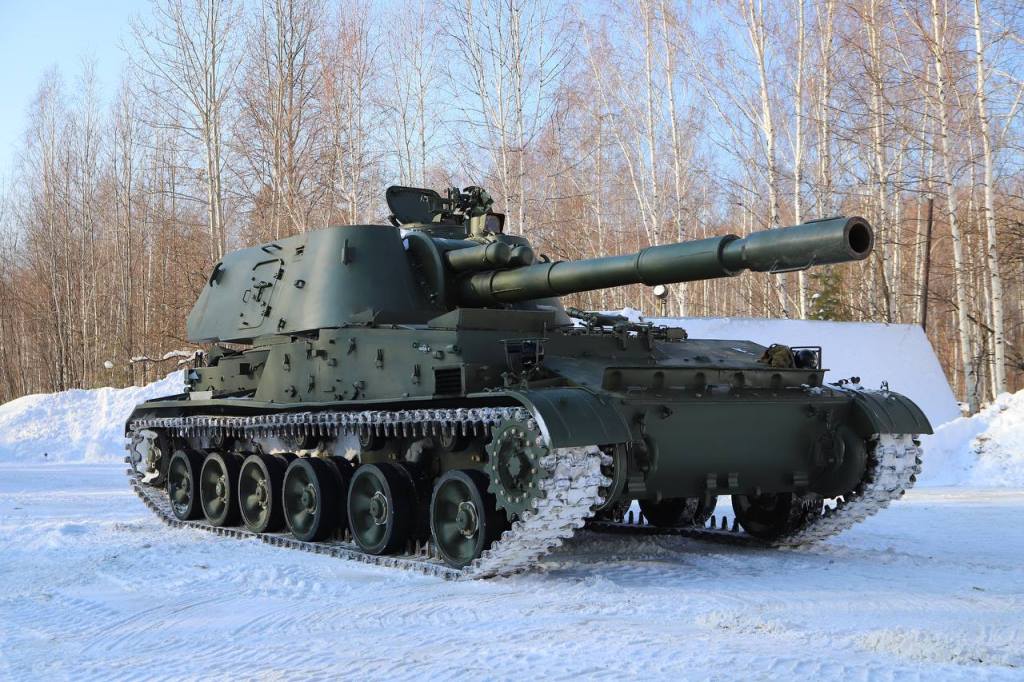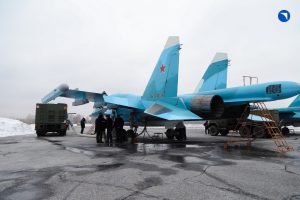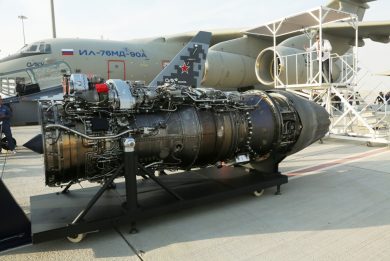
Rostec announces delivery of modernised Msta-S, hints at challenges to expansion
The Russian armed forces (RuAF) have taken delivery of 152 mm 2S19M1 Msta-S self-propelled howitzers (SPH) modernised by the Rostec Corporation that enables the vehicles to be used as part of a reconnaissance-fire circuit, according to a 5th April announcement on the Rostec website
The concept of reconnaissance-strike or recce-fire for tactical applications has existed for some time. It requires the coordination of effects – howitzers, rocket systems, and aviation – in real time with sensors such as drones and artillery radar. Russian forces have gained close integration between effects and sensors, often by co-locating drone controllers with artillery batteries. The new upgrade indicates that these connections will be made digitally, allowing outputs from drones like the Orlan-30 and artillery locating radars such as the Zoopark-1 to be distributed directly to the artillery system for an engagement. The upgrade also enables the system to fire the 3OF39 Krasnopol laser guided projectile, and presumably the modernised Krasnopol-M2 that has been matured through the war in Ukraine.
Defence Minister Sergey Shoigu ordered the development of the reconnaissance-strike circuit himself, according to a Russia Today article from late March 2024. He instructed the Almaz-Antey company and Army General Oleg Salyukov, Commander-in-Chief of the Russian Land Forces, to focus on the integration of counter-battery radars with artillery systems, the article said. This may be indicative of the challenges that Russian forces are facing in the counter-battery fight in Ukraine. Counter-battery radars would not be sufficient to bring guided artillery rounds onto a target, this would require a drone such as the Orlan-30 or ground-based troops with the 1D15 laser designator. If an Orlan-30 is within range of a howitzer that is detected by a Zoopark-1, it would theoretically be possible for the modernised 2S19M1 to fire very precisely onto target very quickly. This may be a priority for Russian forces as Ukraine frequently employs singular and dispersed guns that cannot be hit economically with unguided artillery rounds.

The Rostec announcement also indicated that a number of 2S3M Akatsiya 152 mm SPHs had also been modernised and delivered to the RuAF. The 2S3M has a shorter barrel than the 2S19M1, which reduces its range, however it is a lighter platform overall. It has good off-road mobility, which is important for the current state of the war and, “during the spring thaw and in areas with soft soil, where heavy or wheeled vehicles can get bogged down in mud and become easy prey for enemy firepower,” Rostec states.
A separate 5th April announcement on the Rostec website observed the delivery of a batch of BMP-3s from Kurganmashzavod to the RuAF. The company has had to expand its staff by 2,000 in 2023 so that it can meet the needs of Russia’s state defence orders. However, further staff are required for the orders it is called to deliver over the next year, according to Rostec. Yet another announcement proclaimed the delivery of a batch of Su-34 fighter/bomber aircraft to the RuAF, it also states that the United Aircraft Corporation requires an additional 1,000 staff to complete its contracts for the coming year.

This indicates that Rostec’s enterprises are expanding their production capacity in order to meet the needs of the war. This may involve the establishment of new facilities, refurbishment of old ones, and increasing the number of shifts that staff are working. Altogether, the 5th April announcements from Rostec are indicative of the steps that Russia is taking to win the war in Ukraine. The expansion of production is clear. It is also clear that steps are being taken to improve the lethality of Russian artillery systems to counter Ukraine’s strengths.
Photos courtesy Rostec and Russian MoD



